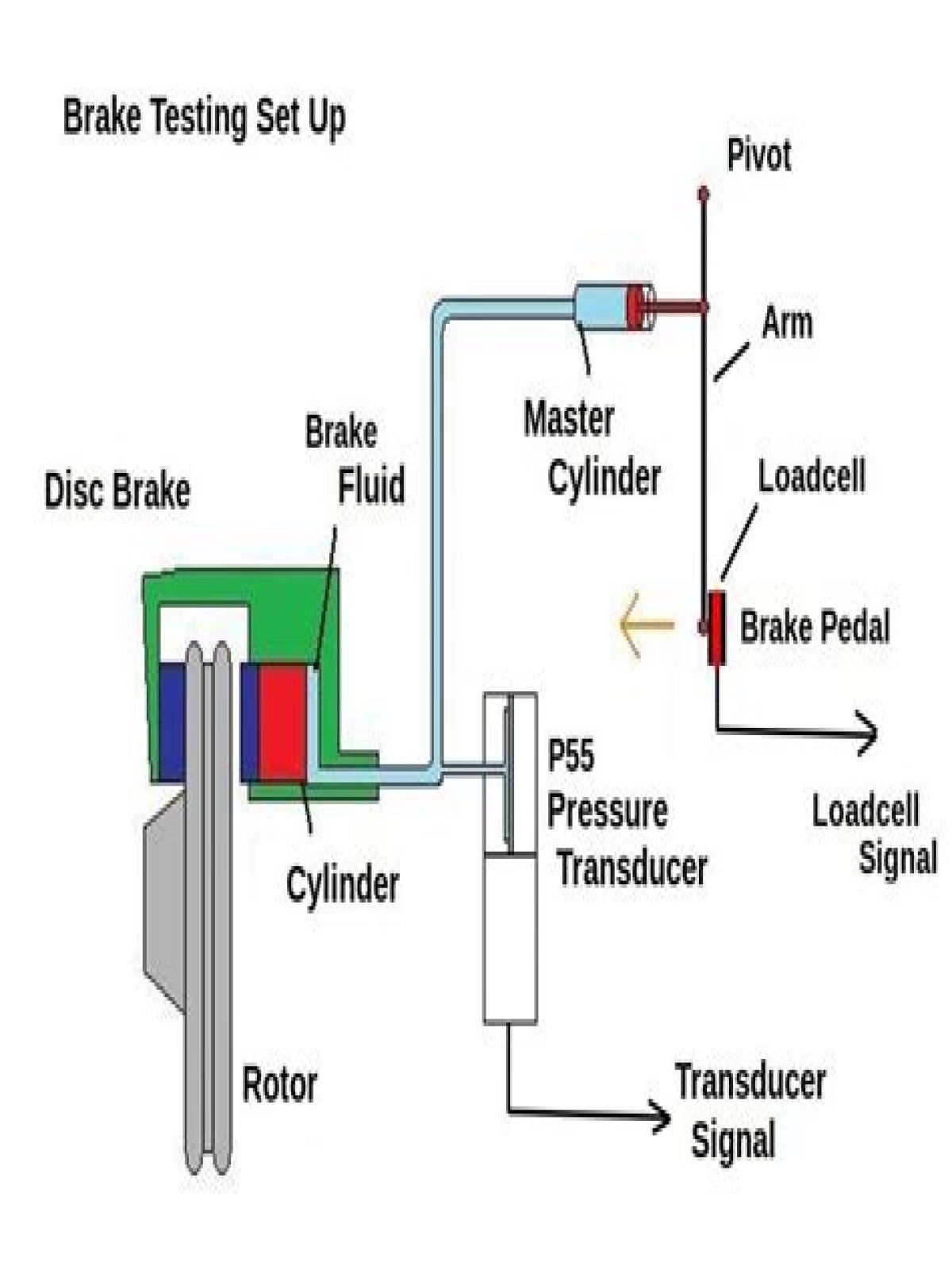How much pressure is in a hydraulic brake system?
How much pressure is in a hydraulic brake system?
On a hydraulic brake system, the driver generates force by pressing on the brake pedal. The force is then amplified by the pedal, booster and master cylinder. The driver will modulate the pressure on the pedal to stop the vehicle at between 20 and 120 pounds.
What should brake line pressure be?
Typical brake line pressures during a stop range from less than 800psi under “normal” conditions, to as much as 2000psi in a maximum effort.
How much pressure should a brake master cylinder have?
The overall theory between the master cylinder and brake pedal relationship is that a driver can either run out of leg strength or pedal travel to reach the desired 1,000 to 1,200 psi in brake pressure. The balance of these two requirements falls into calculating a proper brake pedal ratio.
What valves do hydraulic braking systems use?
Valves commonly found in hydraulic brake systems include: Proportioning, or pressure-balance valves. These restrict a percentage of hydraulic pressure to the rear brakes when system pressure reaches a preset high value.
What bore size master cylinder do I need?
Typically, a master cylinder has approximately 1-1/2-inch to 1-3/4-inch of stroke (travel). What you have to do is coordinate the pedal ratio with the bore size to arrive at approximately half of the stroke (roughly 1-inch) in order to make the brakes feel comfortable and stop the car safely.
How do you check brake line pressure?
Start the vehicle. Apply the brake first using light to moderate force as if making a normal stop. Note the pressure readings, under this pedal force the front pressures should not be over 500psi in most vehicles. Compare the front and rear pressure readings.
What braking system is best for high speeds?
Advantages Of Disc Brakes Even with a small size disc brakes offer quite a large braking power and can stop high-speed vehicles better than a drum brake can. As the disc brakes are open they have really good heat dissipation which ensures they never overheat.
How do you size a brake master cylinder?
How do you measure a brake master cylinder?
There must be at least 1/32-inch of clearance between the master cylinder plunger and the booster pushrod. If there is not enough clearance it could result in your brakes dragging and building up a massive amount of heat. We then bench bled the master cylinder until all the air was removed and installed it.
